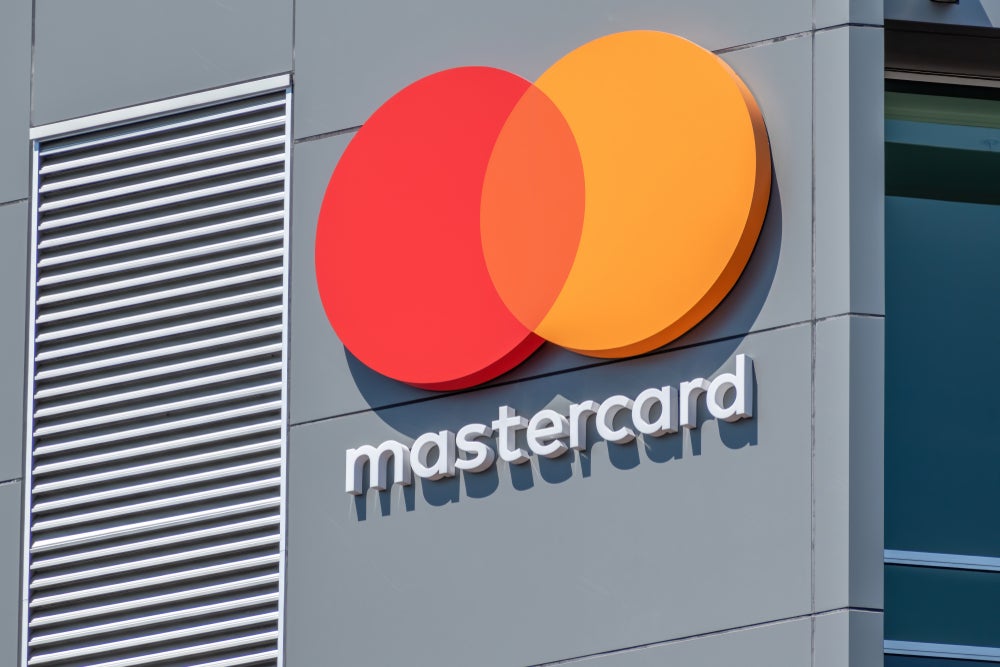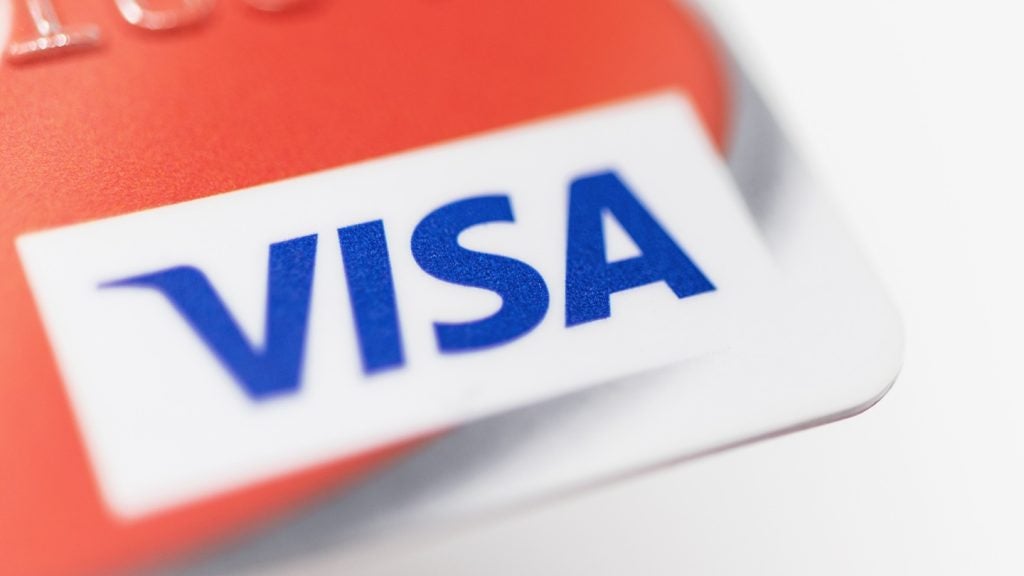
Mastercard is ramping up its commercial payments offering with the launch of Commercial Connect API and clearing controls.
“We are committed to empowering enterprise growth around the world through smarter, digital-first solutions,” said Marc Pettican, global head of Corporate Solutions, Mastercard.

Access deeper industry intelligence
Experience unmatched clarity with a single platform that combines unique data, AI, and human expertise.
“By enhancing access to our commercial payments technology and unlocking more sophisticated virtual card controls, our goal is for payments to be so seamless and secure they fade into the background — freeing organisations to focus on what truly matters: growth, innovation, and people.”
One connection, multiple possibilities: Introducing Commercial Connect API
According to Mastercard, the launch of Commercial Connect API will help to unlock the full potential of embedded finance for B2B payments. The solution will address industry-wide challenges of expanding services requiring multiple APIs by simplifying integration even further through one, scalable connection. B2B platforms will accelerate go-to-market timelines for embedding payments through one front door to Mastercard’s issuer ecosystem and commercial payment capabilities, starting with the company’s innovative virtual card platform in 2025. With faster integrations, platforms can enable more corporate customers to utilise their commercial card programs — and associated credit lines through their banks — directly within the tools they already use regularly.
Mastercard plans to drop additional B2B payment capabilities through Commercial Connect API next year to provide more choice and flexibility in how businesses pay across platforms. Pay4You will be the first to leverage the new API, further streamlining access to Mastercard’s virtual card platform to deliver enhanced tail spend management to corporations across Europe.
Turning operational control into a competitive advantage
Mastercard is also announcing clearing controls, a first of its kind capability that enables issuers to enforce controls on virtual card transactions through clearing. This builds on the existing controls available through Mastercard’s virtual card platform at authorisation, extending issuer and corporate oversight across the full transaction lifecycle.

US Tariffs are shifting - will you react or anticipate?
Don’t let policy changes catch you off guard. Stay proactive with real-time data and expert analysis.
By GlobalDataBy applying targeted controls – such as transaction limits and merchant category code restrictions – at the clearing stage, issuers can proactively block non-compliant transactions before settlement, thereby reducing chargebacks, improving reconciliation and bringing even greater trust to virtual card payments.
This new capability will support a range of use cases, especially within B2B travel, with travel and hospitality services reportedly having the highest average chargeback value across all industries, according to Mastercard’s 2025 state of chargebacks report.1 Global availability of clearing controls for issuers and their corporate customers is planned for 2026.
Empowering enterprise growth for B2B platforms
To fast-track the next era of commercial payment innovation, Mastercard is expanding on its embedded virtual card number (VCN) program, announced in March 2025, with integrations across enterprise resource planning, procurement and expense management platforms including SAP Concur, SAP Taulia, Pay4You, Grasp Technologies, Kresus, among others.
With more partners joining Mastercard’s programme to accelerate embedded virtual card technology, more corporate customers will be able to quickly benefit from Mastercard’s cutting-edge VCN capabilities, including enhanced data reconciliation, granular authorisation controls and real-time transaction notifications.







